This theory focuses on the concept of a "Secure Base" as the framework for healthy relationships.
Attachment Theory

These positively impact child development
Protective Factors

The three parts of the CBT triangle
Thoughts, Feelings, and Behaviors
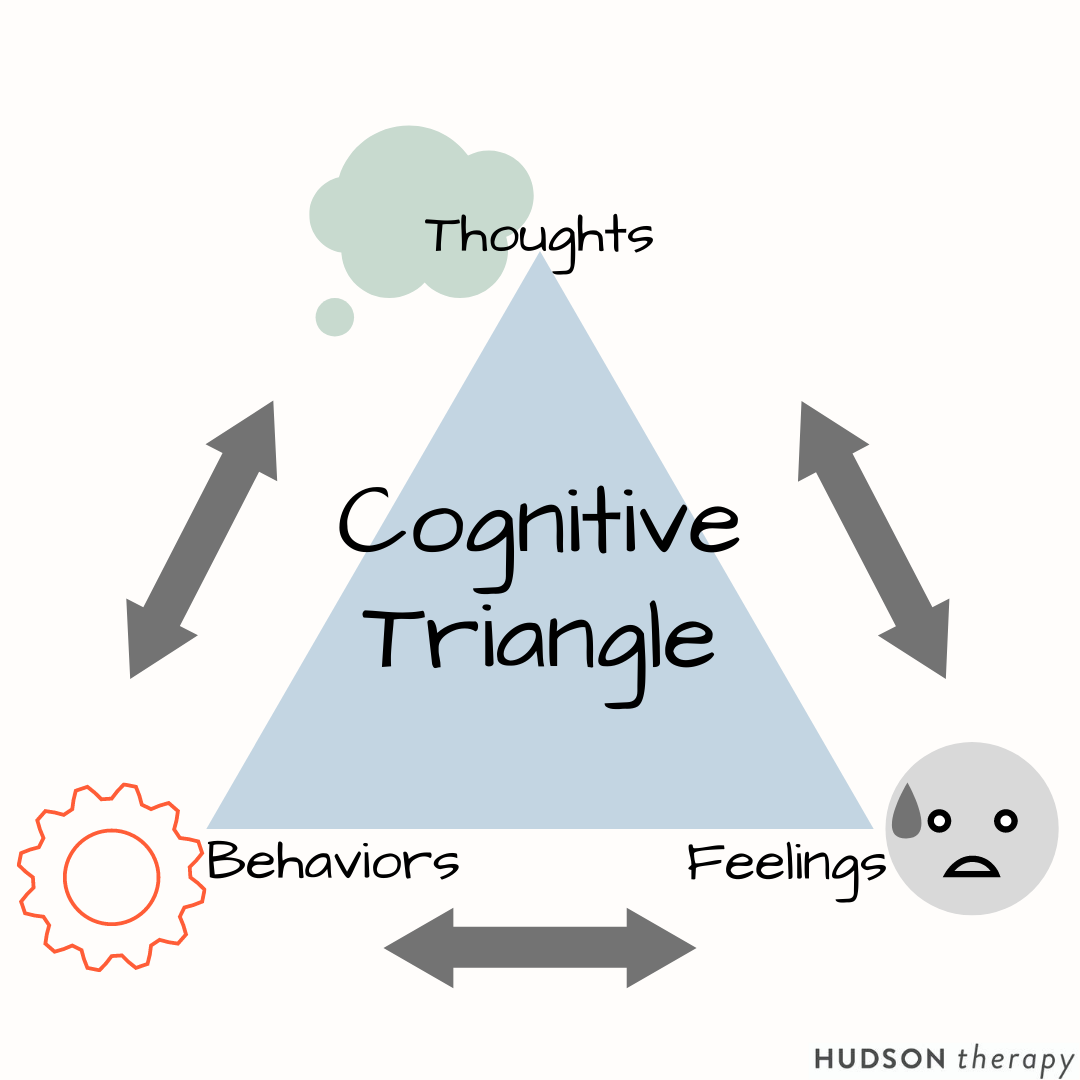
To agree to participate in counseling. A child can _____ to counseling but may not be able to consent.
Assent
Where most youth suicides occur.
In the family home. (Most often in child's bedroom)
This technique is a common element in most evidence- based therapy modalities.
Mindfulness
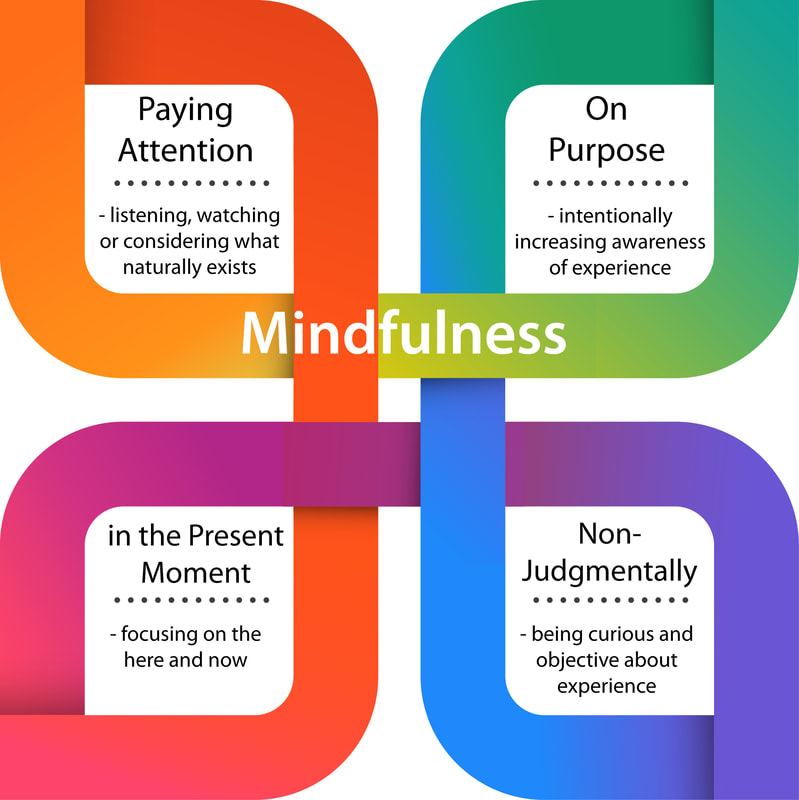
Theory that states people can move toward self actualization when other needs are met.
Maslow's Hierarchy of Needs
Lack of this psychosocial trait is the most predictive risk factor for negative behaviors in adolescents.
Empathy

This theory focuses primarily on reinforcements to explain why children act the way they do.
Behavior Therapy
A legal agreement that outlines the information, processes, and expectations between a client/guardian and the counselor.
Informed Consent
A consistent predictor that a youth is at risk of attempting suicide.
Suicidal thoughts, statements, or past attempts (Ruch, et al., 2021)
11.9% had a history of suicidal behavior
24.3% had a history of suicidal thoughts
11% made a suicidal statement on the day of their death
79.6% had made a suicidal statement in the past
This nerve is activated when using a deep breathing technique.
Vegas Nerve
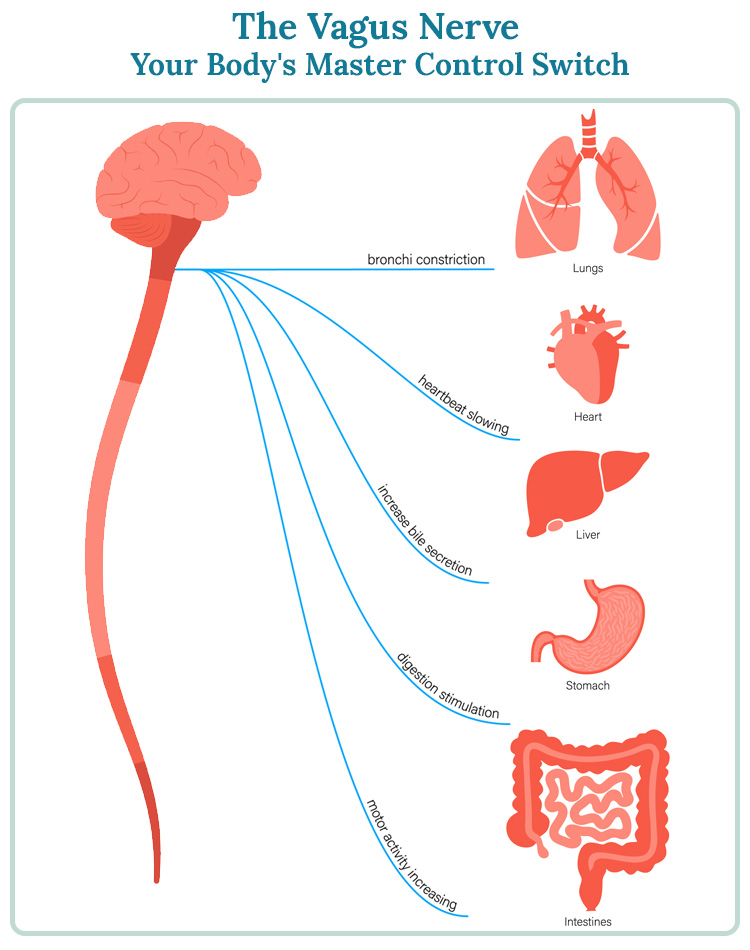
Piaget developed a theory that describes this kind of development related to learning.
Cognitive Development

Most common diagnosis for boys under the age of 18? (NIH 2016-2019)
Attention Deficit Hyperactivity Disorder
*ADHD peaked at an earlier age in boys than girls – at 8 years of age for boys versus age 17 for girls. (APA 2019).
This theory focuses on taking responsibility for actions.
Choice Theory/Reality Therapy

A counselor note that is confidential and not considered an educational record.
Sole Possession Record
a) a memory aid
b) not accessible or shared in either verbal or written form
c) private, created solely by the individual possessing them
d) observations and professional opinions only
This is required of all school districts to address risks related to school shootings.
Threat Assessment
A newly added diagnosis that includes symptoms of preoccupation with circumstances around a loved ones death.
Prolonged Grief Disorder

Theory that describes a series of "crisis steps" that a child experiences that can affect personality development.
Erikson's Psychosocial Development Theory
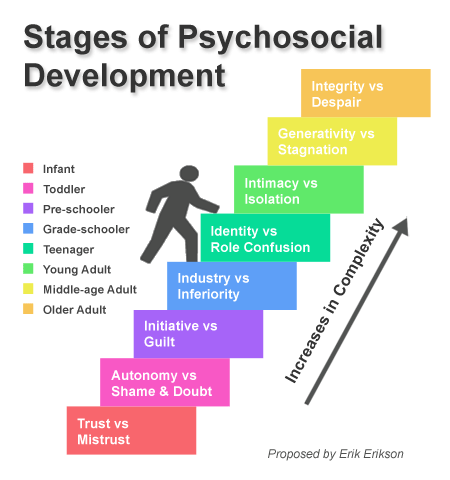
Most common diagnosis for girls under the age of 18 (NIH 2016-2019)
Anxiety
Anxiety disorder was the most common mental health diagnosis in girls at 8% (JAMA Psychiatry 2019). In general girls are diagnosed years later than boys of similar ages.
This is used to identify what reinforcements are impacting a child's negative behavior.
Functional Behavioral Analysis

A report of abuse or neglect must be made within this timeframe.
No longer than 48 hours.
The highest level of risk in a threat assessment
Imminent
Imminent: report to law enforcement immediately.
Moderate or high: collect information then report to the superintendent or designee. Notify parents/guardians of the target and the student who made threat. Engage additional resources and implement safety plan.
No threat or low risk: the threat assessment team need not intervene or take further steps.
This helps youth who need some adjustments to the learning environment for academic success.
504 Plan
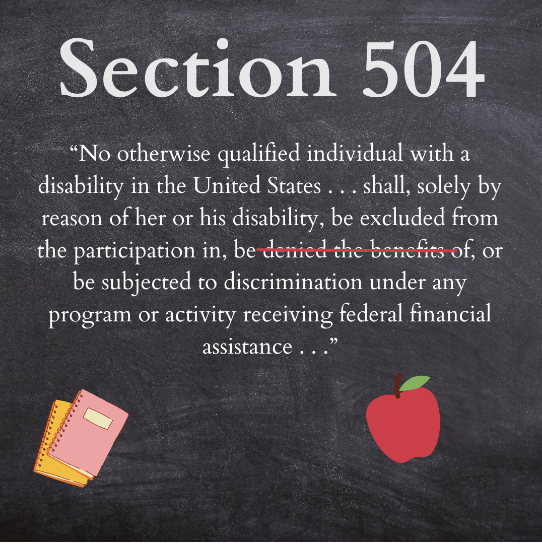
Theory that describes how children learn through observation and imitation.
Social Learning Theory

This screening tool identifies risk factors of childhood trauma.
Adverse Childhood Experiences (ACES)

The goal of CBT is to do this with thoughts.
Cognitive Restructuring

The place to look when conceptualizing how your school identifies and communicates informed consent to parents.
Student Handbook
Name 3 people who may be included in the risk analysis team.
Options are:
Counseling, such as a school counselor, a school psychologist and/or school social worker.
Law enforcement, such as a school resource officer.
School administration, such as a principal or other senior administrator.
Other district or school staff.
Special education teachers.
A practicing educational staff member.
Special instruction or services that a student needs in order to access the curriculum.
Individualized Education Program/Plan (IEP)
